GPCR/G protein

All GPCRs share a common seven trans-membrane structure. GPCRs are associated with heterotrimeric G-proteins which are GTP-binding proteins made of alpha, beta, and gamma subunits. When a ligand binds to GPCR, it activates the attached G-protein, the GDP is replaced with GTP. The activated G-protein then dissociates into an alpha and a beta-gamma complex which activates downstream signaling pathways. These intracellular signaling pathways include cAMP/PKA, calcium/NFAT, phospholipase C, protein tyrosine kinases, MAP kinases, PI-3-kinase, nitric oxide/cGMP, Rho, and JAK/STAT.
GPCRs are one of the most important therapeutic targets for various diseases, over 30% of all modern medicinal drugs target this family. Aberrant GPCR functions are involved in pathological conditions such as neurological, immunological and hormonal disorders. A large number of GPCRs have been identified, but whose ligands are not known, are classified as orphan receptors.
-
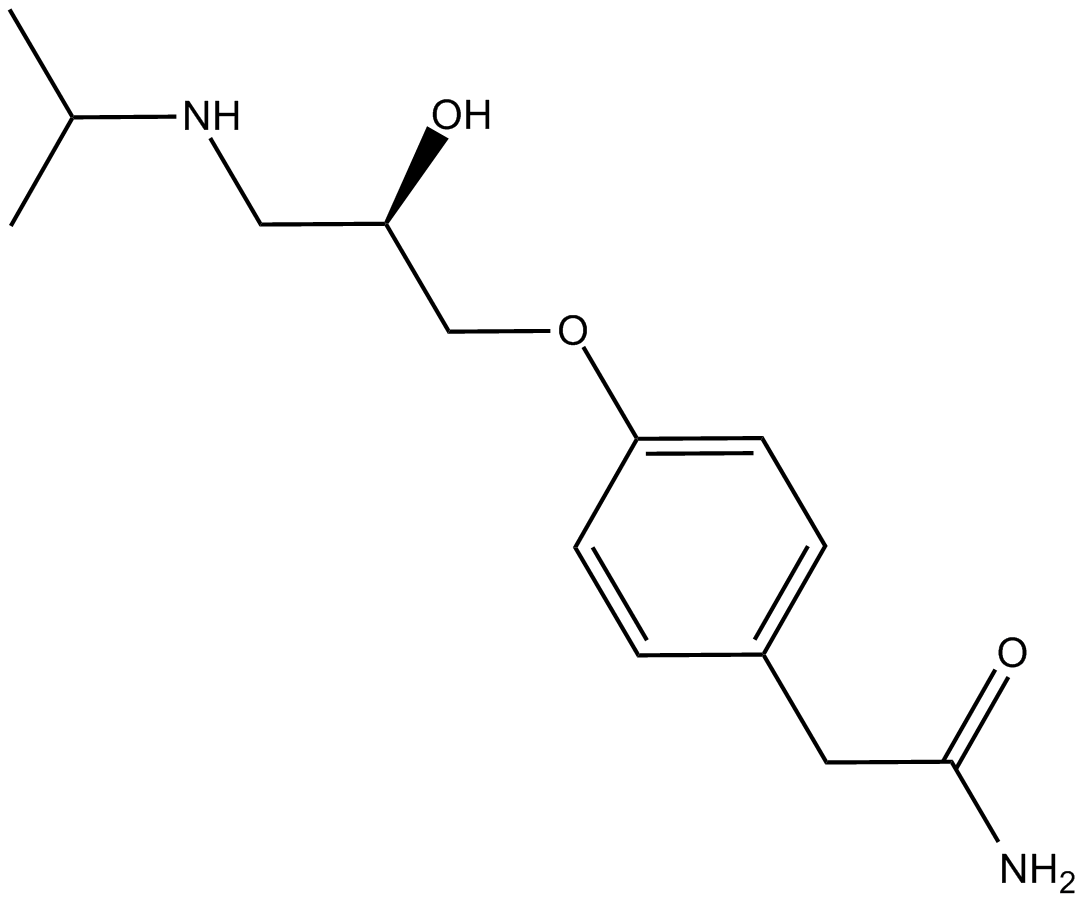 C3031 (R)-(+)-AtenololSummary: less active enantiomer of the racemic β1-adrenergic receptor antagonist, (R,S)-atenolol.
C3031 (R)-(+)-AtenololSummary: less active enantiomer of the racemic β1-adrenergic receptor antagonist, (R,S)-atenolol. -
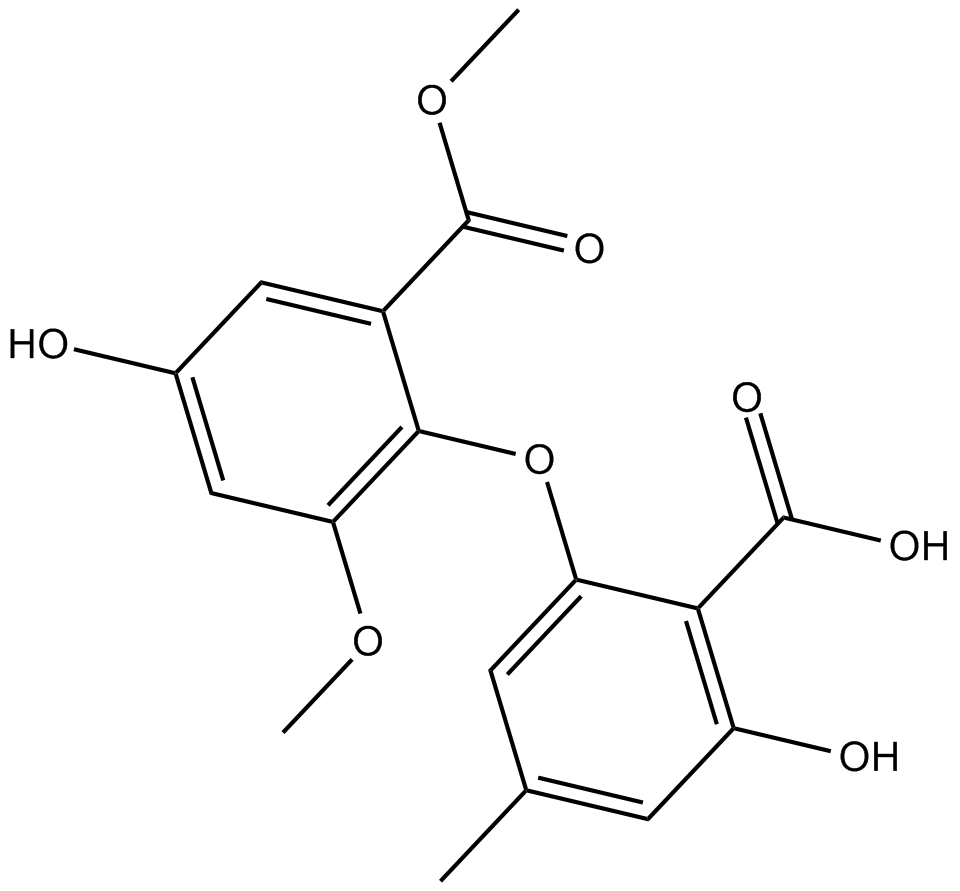 C4549 Asterric AcidSummary: ETA receptor inhibitor
C4549 Asterric AcidSummary: ETA receptor inhibitor -
 C4521 Celiprolol (hydrochloride)Summary: β1 adrenergic receptor antagonist and β2 adrenergic receptor partial agonist
C4521 Celiprolol (hydrochloride)Summary: β1 adrenergic receptor antagonist and β2 adrenergic receptor partial agonist -
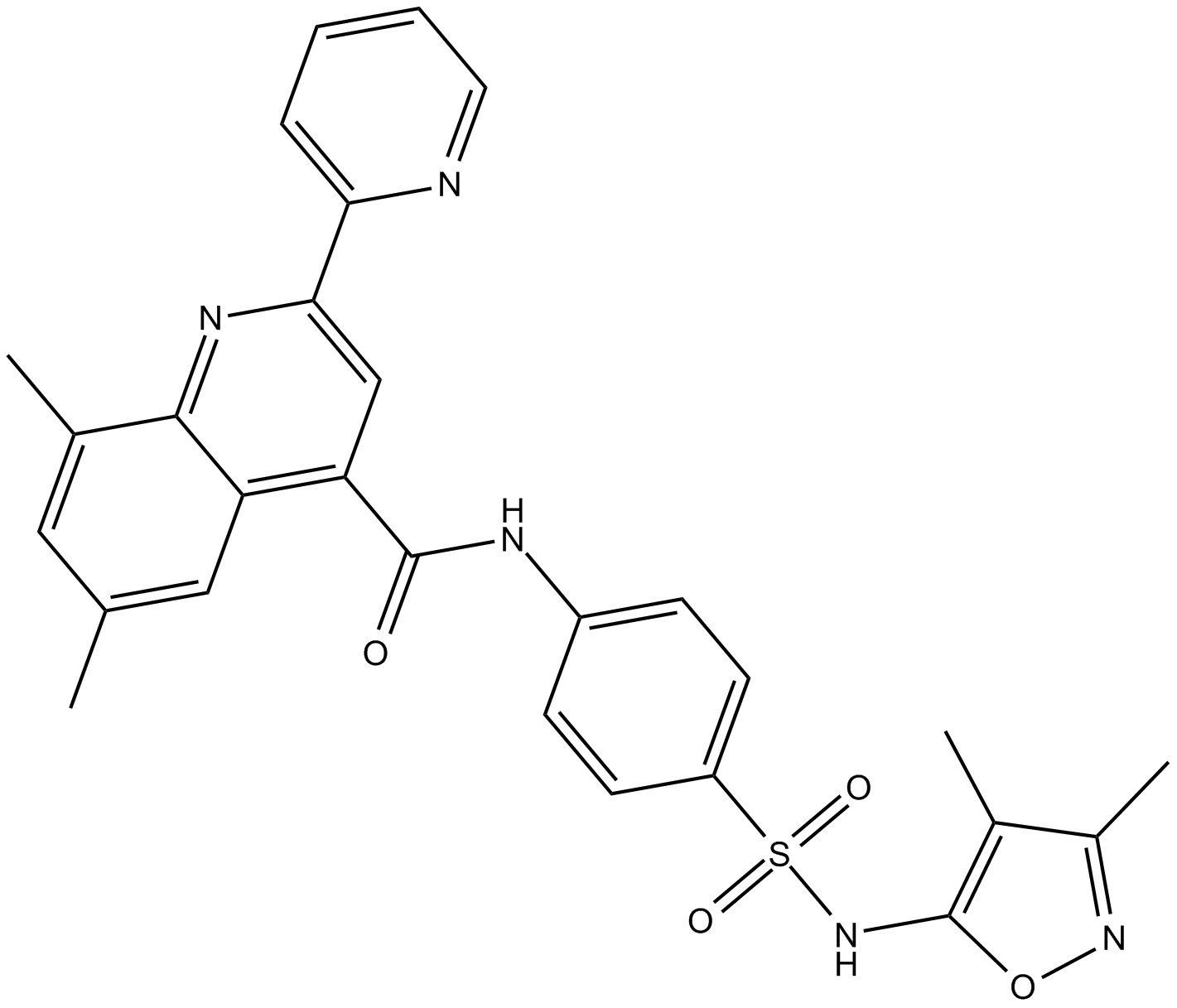 C4531 ML-193Summary: GPR55 antagonist
C4531 ML-193Summary: GPR55 antagonist -
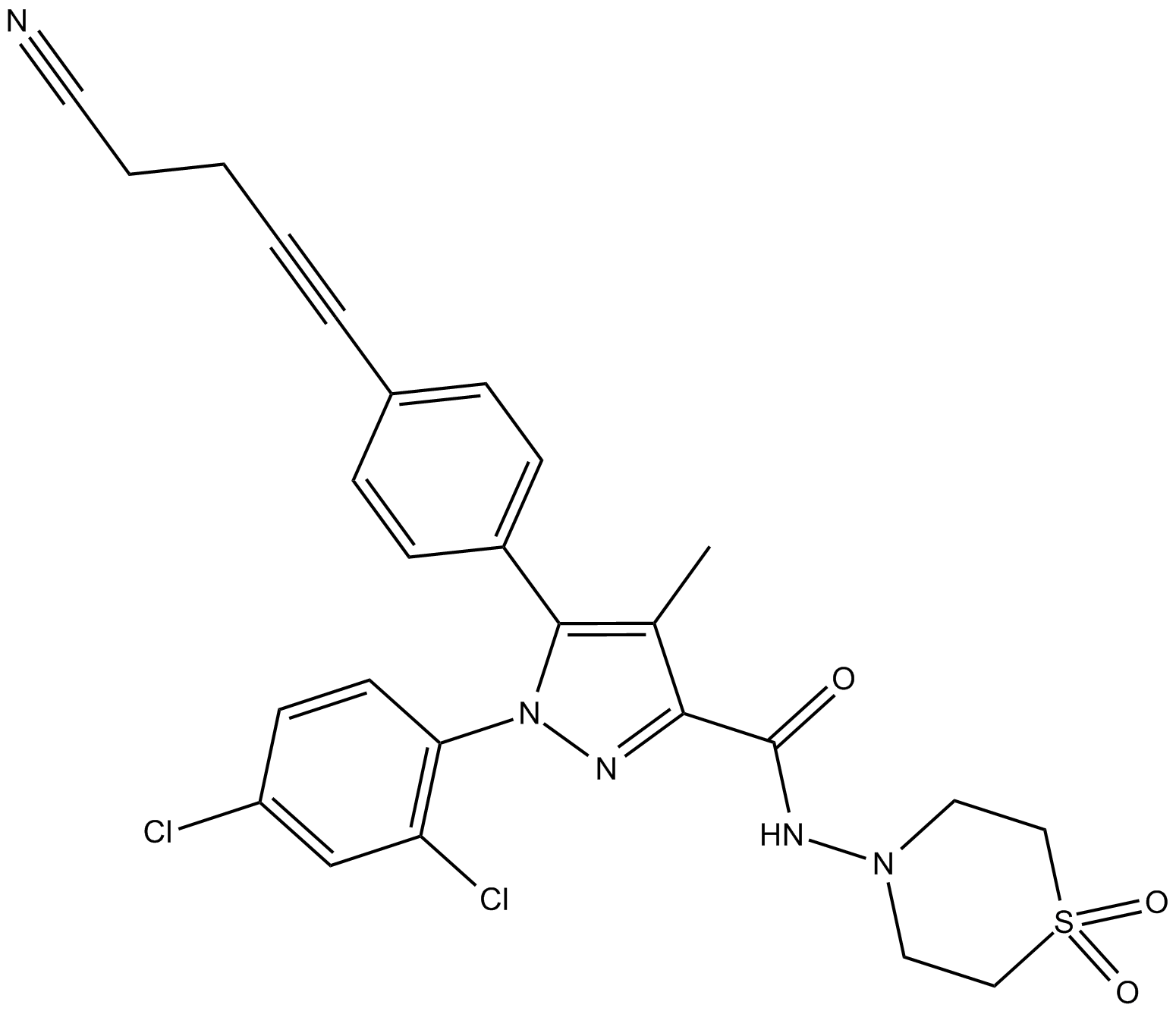 C4711 AM6545Summary: CB1 selective neutral antagonist
C4711 AM6545Summary: CB1 selective neutral antagonist -
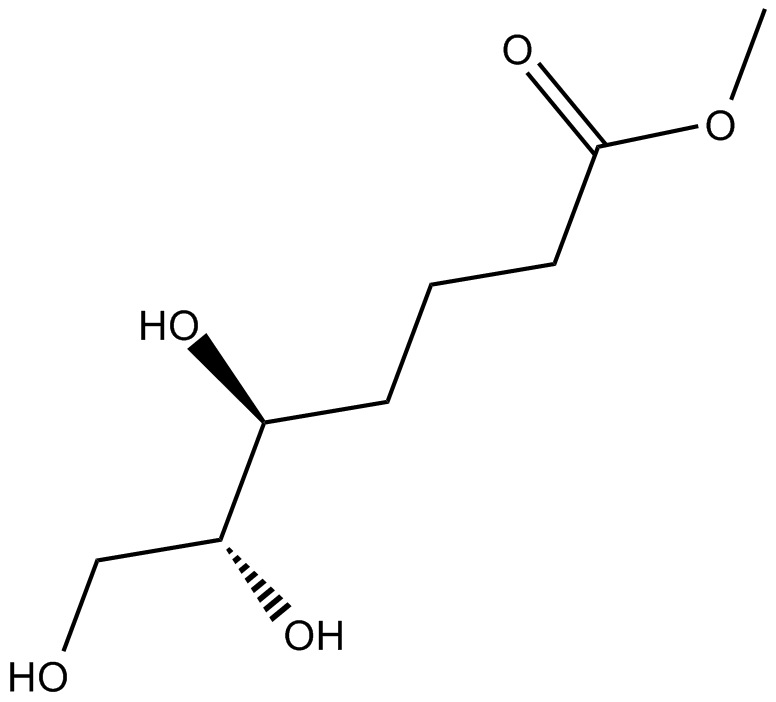 C4837 5(S),6(R)-7-trihydroxymethyl HeptanoateSummary: inhibits leukotriene B4 (LTB4)-induced polymorphonuclear neutrophils (PMN) chemotaxis
C4837 5(S),6(R)-7-trihydroxymethyl HeptanoateSummary: inhibits leukotriene B4 (LTB4)-induced polymorphonuclear neutrophils (PMN) chemotaxis -
 C4677 LY223982Summary: potent BLT1 receptor antagonist
C4677 LY223982Summary: potent BLT1 receptor antagonist -
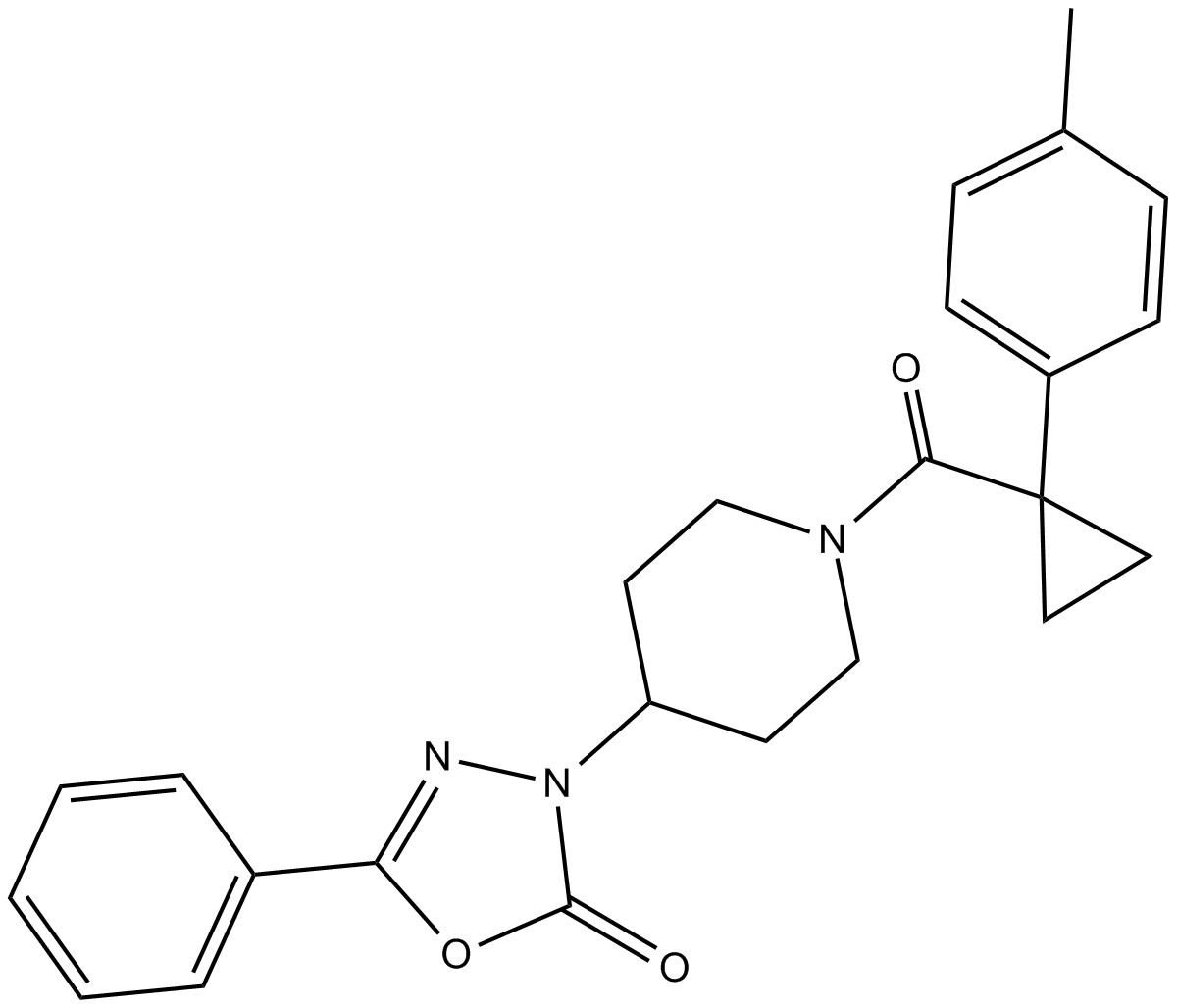 C4786 ML-191Summary: inhibitor of LPI-induced phosphorylation of ERK1/2
C4786 ML-191Summary: inhibitor of LPI-induced phosphorylation of ERK1/2 -
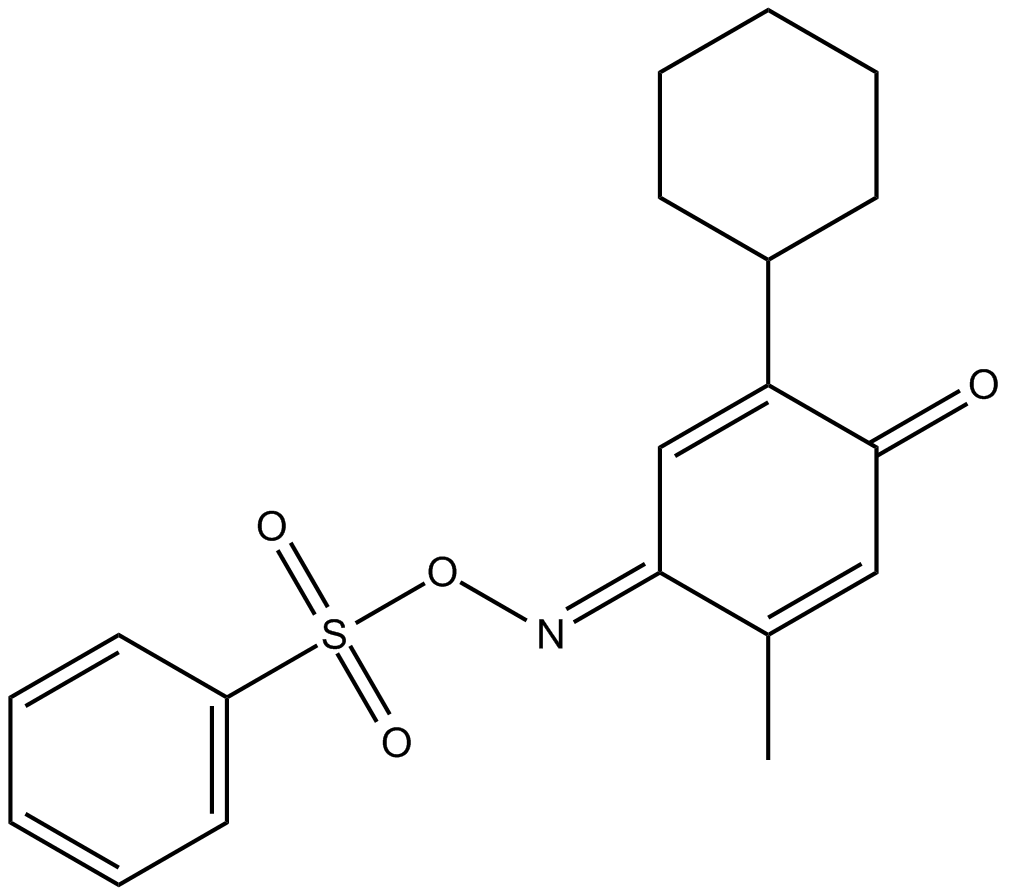 C4788 ML-233Summary: novel APJ agonist
C4788 ML-233Summary: novel APJ agonist -
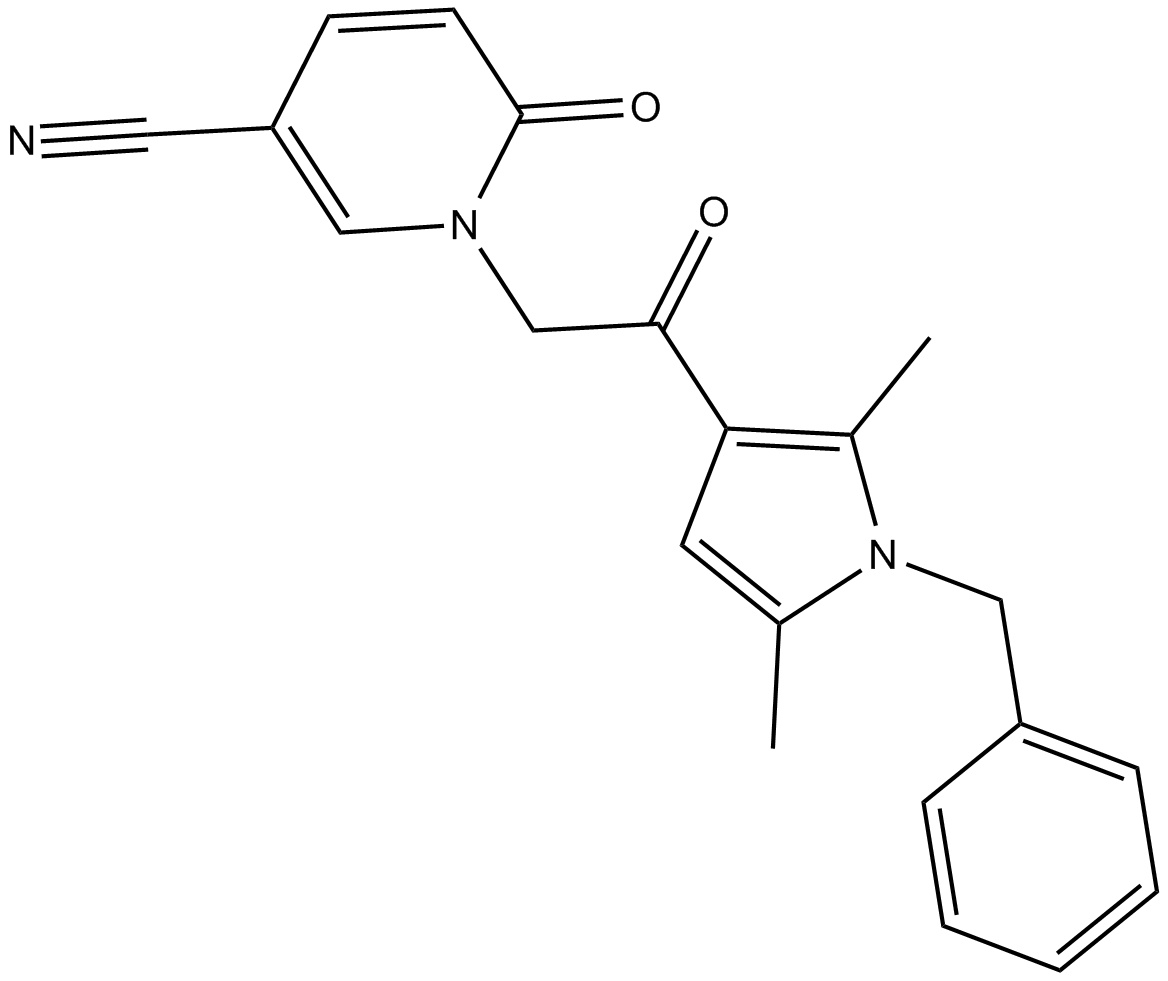 C5098 CYM 5520Summary: noncompetitive allosteric agonist of S1P2
C5098 CYM 5520Summary: noncompetitive allosteric agonist of S1P2

